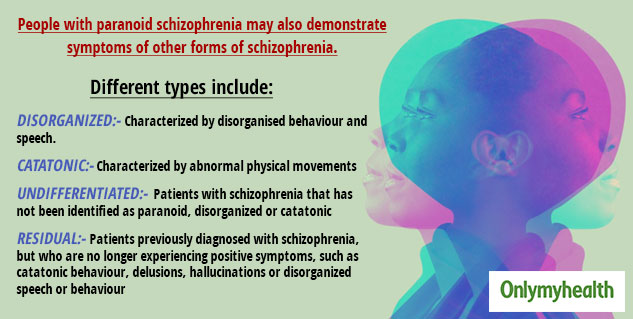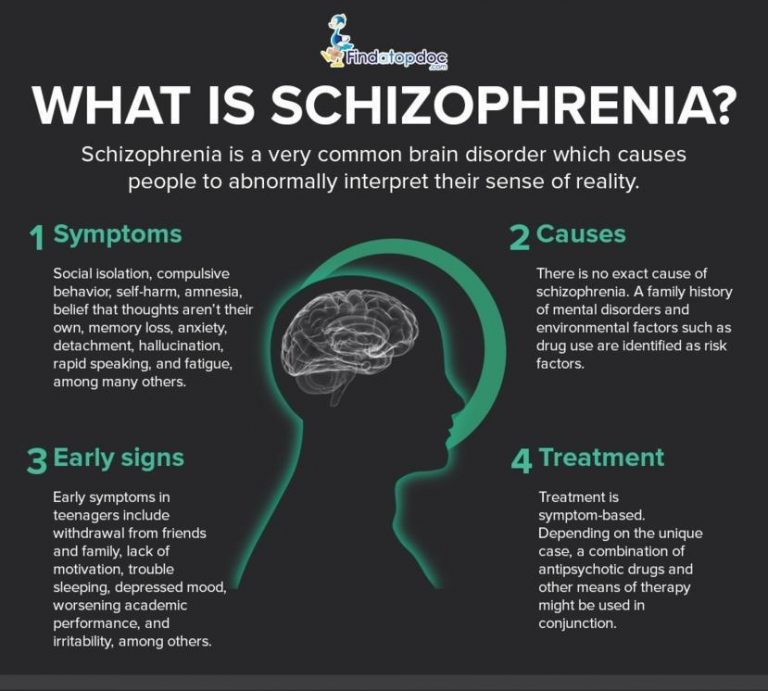
Įven in modern psychiatry, the diagnosis of a mental disorder is still based solely on clinical observations and the patient’s narrative. Still, the diagnostic stability of SAD is poor and the diagnosis at the first admission is often not definitive. It is fair to assume that these reflect the episodic character of SAD compared to SZ. Correspondingly, there is some evidence that patients with SAD have better clinical outcome than those with SZ. However, patients with SAD might exhibit more severe depressive and negative symptoms, lower age of onset, less cognitive disabilities, and better social functioning when compared to SZ individuals. In daily clinical practice, especially when deciding admission to inpatient treatment it is not uncommon to reserve the diagnosis of SZ for severe cases presenting with flamboyant psychotic symptoms such as bizarre delusions or first-rank symptoms, reflecting uncertainty in distinguishing SZ from SAD. īecause of missing diagnostic biomarkers, schizophrenia spectrum disorders still pose a diagnostic challenge. A possible explanation might be the low diagnostic reliability and the lack of conceptual consensus of SAD. In particular, no epidemiological studies investigated the prevalence of SAD in Germany. However, there is a paucity of epidemiological studies on the prevalence of SAD. The lifetime prevalence for SAD is approximately 0.32%.

In the current ICD-10 and DSM-V version, SAD is categorized as a schizophrenia spectrum disorder and requires two clinical syndromes: (1) manifest mood disorder concurrent with (2) at least two of five psychotic symptoms (delusions, hallucinations, disorganized speech, disorganized behavior, negative symptoms) for at least four weeks. However, the conceptualization and the nosological status of SAD still remain controversial.
#Paranoid schizophrenia definition manual#
In 1952, schizoaffective disorder (SAD) as an independent nosological entity was introduced with the first publication of Diagnostic and Statistical Manual of Mental disorders (DSM). Despite of the clinical delineation of SZ and affective disorders, recent neuroscientific research provided evidence for common and disease-specific clinical and biological characteristics of these disorders. As the reported lifetime prevalence of SZ is about 1% the disorder constantly causes enormous individual suffering and financial burden on patients and on society. According to recent epidemiological studies, 800,000 individuals in Germany are currently afflicted with SZ. In addition to antipsychotic medication, psychotherapy and sociotherapy can be instituted to facilitate coping strategies of the patients and for psychosis prophylaxis. For this reason, the primary pharmacological treatment of patients suffering from SZ involves dopamine antagonists. The main pathophysiological concept assumes an overstimulation of dopaminergic transmission in striatal, frontal and cingulate brain regions. The pathophysiology of SZ likely reflects genetic, developmental and environmental factors. Schizophrenia (SZ) is a neurodevelopmental disorder characterized by various combinations of delusions, hallucinations, disorganized thoughts and behavior, cognitive impairment and movement disorders. This is an open access article distributed under the terms of the Creative Commons Attribution License, which permits unrestricted use, distribution, and reproduction in any medium, provided the original author and source are credited.ĭata Availability: The minimal dataset underlying the findings in the manuscript has been placed in Figshare and is now freely available to other researchers.įunding: The authors have no support or funding to report.Ĭompeting interests: The authors have declared that no competing interests exist. Received: AugAccepted: JPublished: July 8, 2016Ĭopyright: © 2016 Hirjak et al.


PLoS ONE 11(7):Įditor: Soraya Seedat, University of Stellenbosch, SOUTH AFRICA Citation: Hirjak D, Hochlehnert A, Thomann PA, Kubera KM, Schnell K (2016) Evidence for Distinguishable Treatment Costs among Paranoid Schizophrenia and Schizoaffective Disorder.


 0 kommentar(er)
0 kommentar(er)
